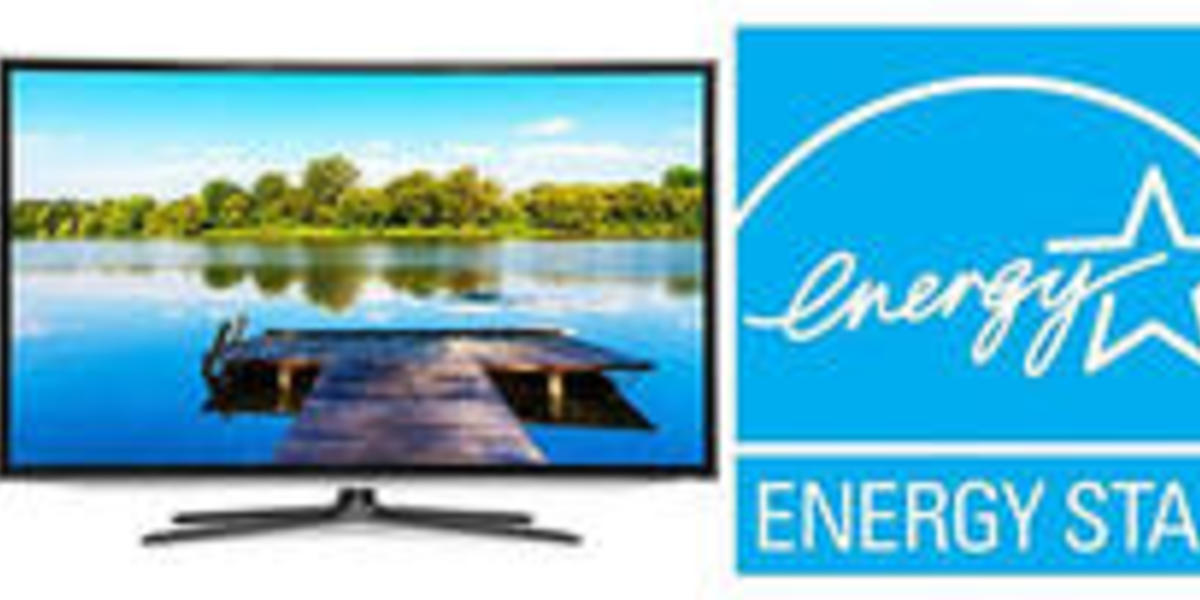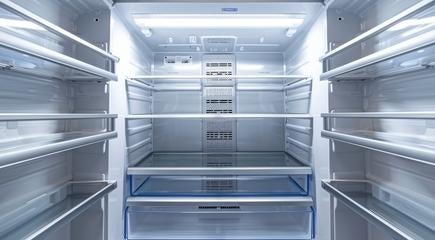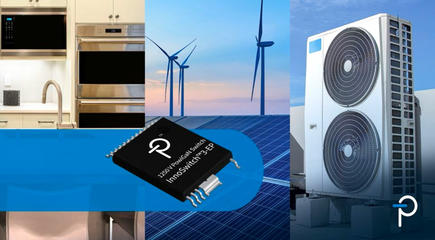ENERGY STAR Televisions Version 9.0 Draft 1 Specification

The team at ENERGY STAR® reviewed the Draft 1 Specification for Televisions Version 9.0 in a stakeholder webinar held on September 30. The U.S. Environmental Protection Agency (EPA) will publish subsequent drafts through early 2021 with the final specification anticipating an effective date in the final quarter of 2021.
Priority areas for Version 9.0 include metrics to ensure both energy savings and a positive viewing experience for consumers. These metrics intend to capture more accurately how consumers actually use their televisions. Furthermore, the consumer products team at the EPA has embraced performance-based criteria to encourage more efficient product designs, including the use of efficient components. The Version 9.0 Specification also aims to reflect the impacts on power consumption from fundamental characteristics, such as screen resolution, contrast ratio, and auxiliary capabilities such as smart speakers.
A key aspect of the Draft 1 Specification is dynamic luminance, or the luminance averaged across the entire screen area and measured during dynamic video play with a camera photometer. Previous specification approaches inadvertently rewarded dimming modes as ways to meet On Mode requirements, so the EPA is now describing requirements with equations dependent on the dynamic luminance measured to encourage the efficient production of light without unduly rewarding dim settings. The EPA expects the new dynamic luminance measurement approach to reduce errors both spatially and temporally and has posted the recommended methodology from the Northwest Energy Efficiency Alliance (NEEA) on the ENERGY STAR Television Product Development webpage: https://www.energystar.gov/products/spec/televisions_specification_version_9_0_pd. Validation is in progress on the camera approach.
Factors influencing energy efficiency are screen brightness, contrast ratio, resolution, hardware, and software. The configuration for testing utilizes multiple pre-set picture settings (PPSs) instead of one exclusive default picture setting. Automatic brightness control (ABC) and motion detection dimming (MDD), moreover, are disabled. Regarding On Mode requirements, there is a clear migration in approach from Version 8.0 to Version 9.0. For Version 8.0, requirements are based on the relationship between power consumption and screen area, with an allowance for higher resolution models. For Version 9.0, however, requirements factor into the equation the actual light produced by the television, i.e. the measured dynamic luminance. Version 9.0 thus eliminates the need for minimum luminance requirements. With performance-based limits, Version 9.0 allows for a more streamlined approach to future specification revisions, with updates informed by new data.
On Mode power requirements follow distinct equations for each of the three tested PPSs (Default SDR, Brightest SDR, and Default HDR10). On top of the performance-based limit, there is also a power cap that acts to dis-incentivize overly bright televisions. Finally, there is an allowance for high contrast ratio (HCR), defined as a ratio between luminance of brightest white to darkest black ≥ 1,000,000 : 1. The EPA believes that 31% of current ENERGY STAR certified televisions can already comply with these new On Mode requirements.
Standby Mode requirements fall into two categories: Active, Low Mode (with a network connection) and Passive Mode. For the former, there are three additional tests beyond what the Federal Test Procedure dictates; these relate to software updates, smart speakers, and DNS requests. The Active, Low Mode limit for standby power is reduced to 2W, down from 3W in Version 8.0. For Passive Mode, the limit remains at 0.5W per the Federal Test Procedure. As it stands, the present Version 9.0 requires repeated Standby Mode testing for each of the three PPSs, but the EPA notes that they are seeking input from stakeholders on whether that is necessary. For measurements, the EPA is also proposing tests with and without smart speakers connected and configured to wake the television.
Stakeholder comments and any additional data supporting development of Version 9.0 are welcome at Televisions@energystar.gov. Unless marked confidential, all comments will be posted to the product development page noted above.





